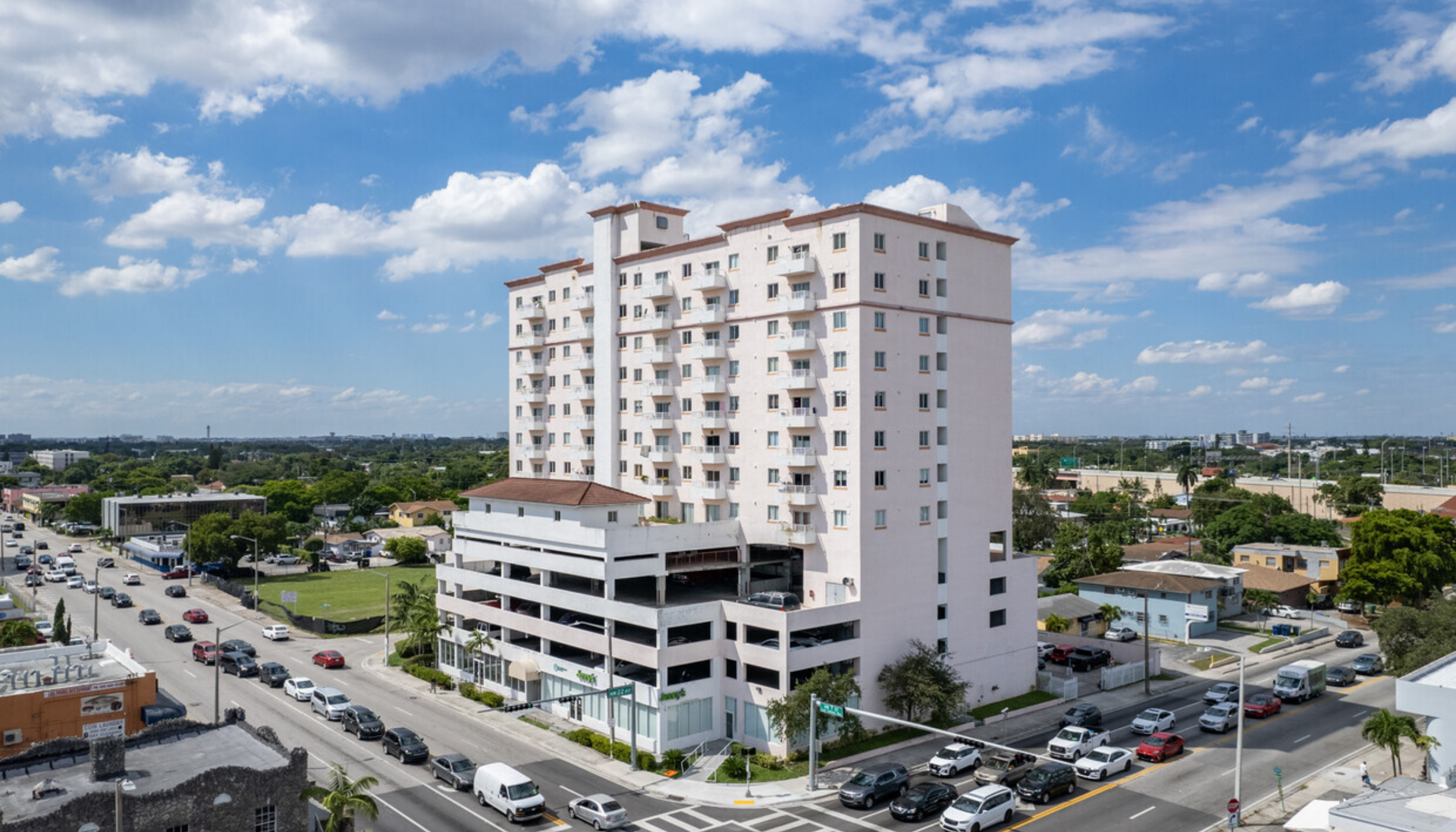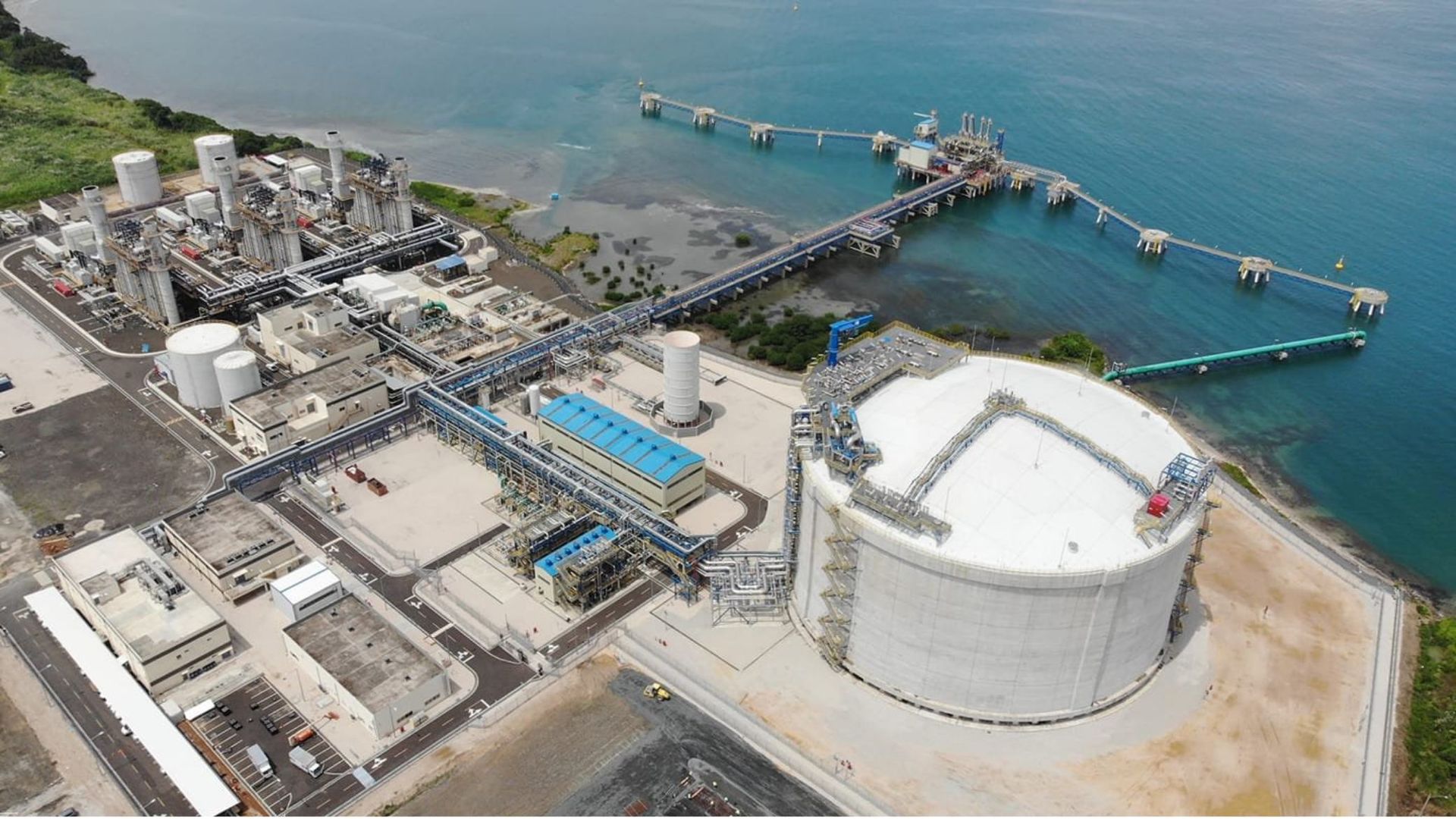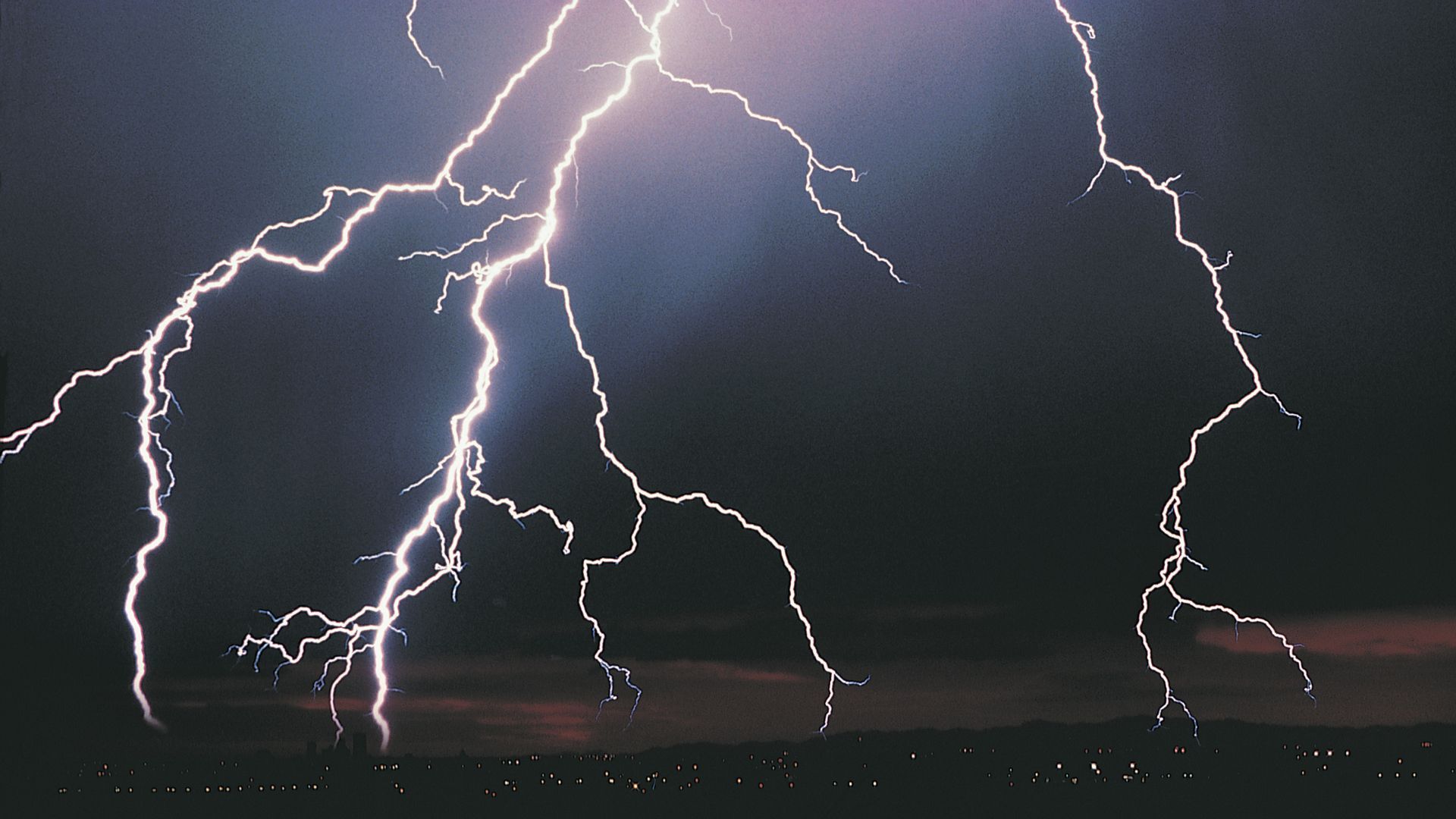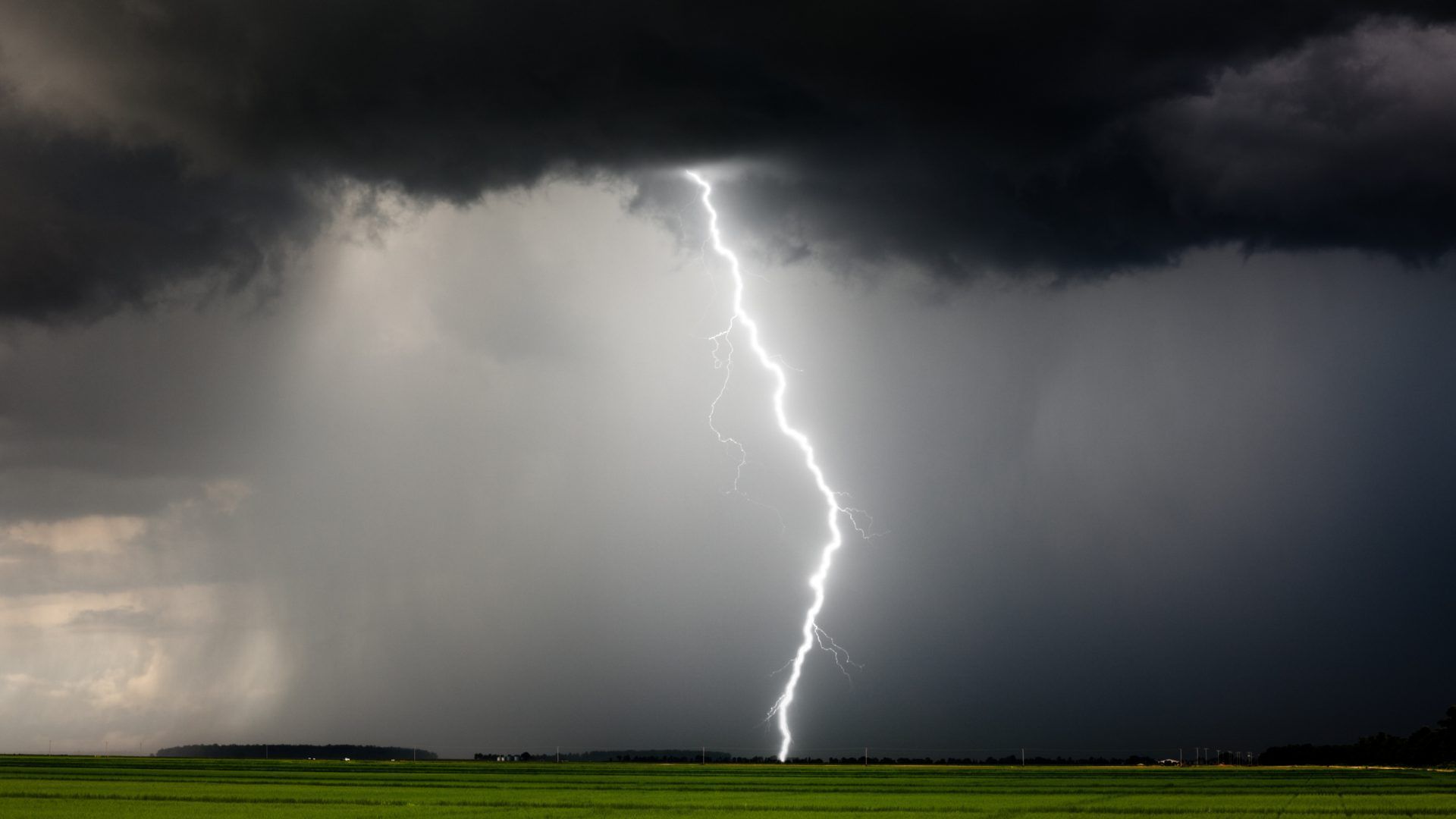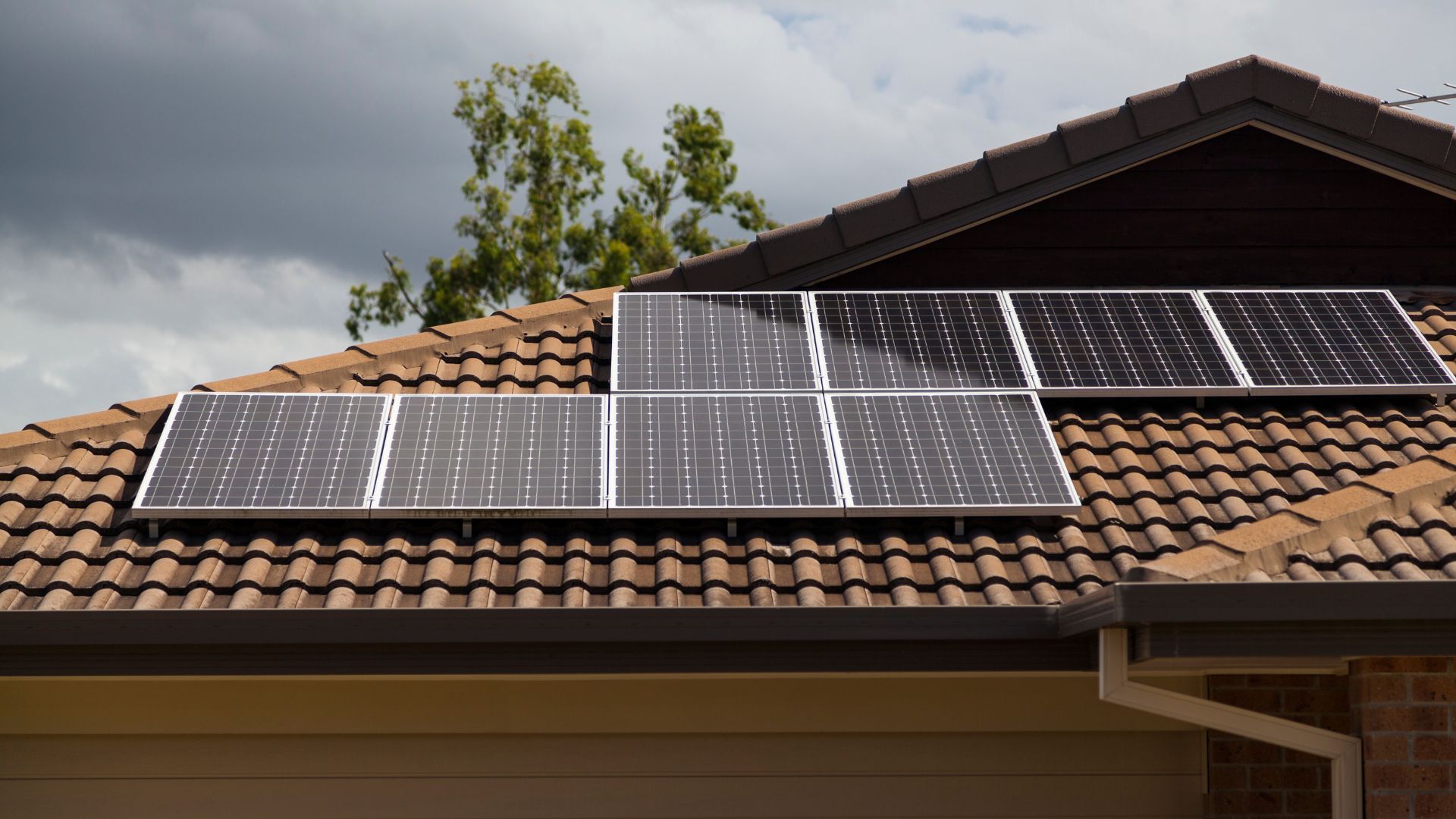Why Lightning Rods May Be Putting Your Structures at Greater Risk
Why Lightning Rods May Be Putting Your Structures at Greater Risk
Rethinking Traditional Lightning Protection in Favor of Safer Alternatives
For over two centuries, lightning rods have been the standard solution for protecting buildings and vessels from lightning. Developed by Benjamin Franklin in the 18th century, these metal rods are designed to attract lightning, and conduct strikes to the ground. While the principle sounds reassuring in theory—directing the destructive force of lightning away from a structure’s vital components—emerging research and field data have revealed that lightning rods may actually increase the risk of a lightning strike in the first place.
The Problem with Attraction-Based Protection
Lightning rods work by emitting upward positive charges into the atmosphere, especially during storm conditions when the air is already electrically charged. This process increases the rod’s potential to connect with downward-moving, negatively charged leaders in a thunderstorm cloud. In simple terms: lightning rods make a structure more attractive to lightning.
Multiple studies and field tests have validated this concern. A report by the National Institute of Standards and Technology (NIST) notes that traditional lightning rods “serve as preferred strike points” by intensifying the local electric field above a structure. Similarly, data from Vaisala’s 2023 XWeather Lightning Report confirms that structures with conventional lightning rods are significantly more likely to be struck than surrounding areas.
In maritime environments, the issue is just as problematic. Boats and vessels equipped with lightning rods often report frequent strikes compared to those using passive or dissipation-based systems. According to BoatU.S., the average boat struck by lightning suffers damages exceeding $30,000, and this figure is even higher for vessels with traditional rod-based protection systems due to repeated exposure.
Increased Damage, Not Less
The idea that a lightning rod "protects" by absorbing the strike doesn’t negate the fact that it also invites a dangerous event. The moment a lightning rod initiates upward streamers and completes a strike path, massive currents—often exceeding 30,000 amps—pass through the structure, potentially causing electrical surges, fires, and structural compromise despite grounding systems. Over time, repeated strikes also degrade a building’s or vessel’s materials, electrical systems, and sensitive equipment.
In essence, traditional rods do not eliminate the threat of lightning—they merely manage it after the strike.
A Smarter Solution: The CMCE Lightning Suppressor
Fortunately, technological advances have brought forth safer, more preventative solutions. The CMCE Lightning Suppressor is a revolutionary device that prevents lightning strike formation in the protected area altogether, rather than waiting to attract and handle a strike.
Instead of emitting upward streamers, the CMCE balances the electrical field by dissipating the electrical charge difference within the protected installation area. This neutralization removes the necessary conditions for lightning formation. No connection, no strike.
Never Worry About Strikes Again
When safety, asset protection, and peace of mind are the priorities, relying on a device that attracts lightning is not the solution—it’s the risk. With the CMCE Lightning Suppressor, you can eliminate that risk entirely. Protect your structure or vessel by preventing the possibility of a strike from occurring in the first place.
Choose Innovation You Can Trust
Are you interested in protecting your structure from lightning strikes with CMCE Lightning Suppression? Contact our team today at cmcesales@capitolelectronics.com or call (888) 318-2333 to request a quote.


